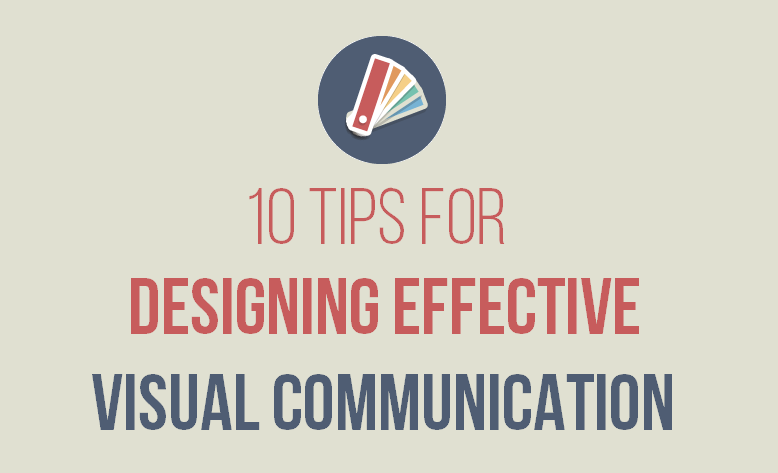Tips for Using Visual Communication

Using visual communication effectively can greatly enhance your ability to convey information, ideas, and messages to your audience. Here are some tips for using visual communication:
Know Your Audience: Understand the demographics, preferences, and needs of your target audience. Tailor your visual communication to resonate with their interests, knowledge level, and communication style.
Keep it Simple: Simplify your visuals to convey your message clearly and concisely. Avoid clutter and unnecessary details that can distract from the main points. Use clean, minimalist designs to enhance readability and comprehension.
Use Clear Visual Hierarchy: Create visual hierarchy by emphasizing important elements and organizing content in a logical sequence. Use techniques such as size, color, contrast, and placement to guide the viewer's eye through the visual content.
Choose Appropriate Visuals: Select visual elements that are relevant to your message and effectively communicate your ideas. Use images, graphics, charts, and diagrams that support and enhance the content of your communication.
Be Consistent: Maintain consistency in visual elements such as colors, fonts, icons, and graphic styles throughout your communication materials. Consistency helps to reinforce brand identity, improve recognition, and enhance overall visual appeal.
Use White Space: Incorporate white space or negative space in your designs to create balance, clarity, and breathing room. White space helps to reduce visual clutter, improve readability, and draw attention to key elements.
Tell a Story: Use visuals to tell a story and engage your audience emotionally. Incorporate narrative elements, human faces, and relatable scenarios to create empathy, captivate attention, and make your message more memorable.
Be Mindful of Color: Choose colors thoughtfully to evoke the desired mood, convey meaning, and reinforce your message. Use color combinations that are visually appealing, accessible, and appropriate for your audience and context.
Provide Context: Provide context and background information to help viewers understand the significance of your visual communication. Include captions, labels, or annotations to explain key points, data sources, and relevant details.
Test and Iterate: Test your visual communication with a sample audience to gather feedback and identify areas for improvement. Iterate on your designs based on feedback, adjusting visuals, messaging, and presentation format as needed.
Consider Accessibility: Ensure that your visual communication is accessible to all audiences, including those with visual impairments or disabilities. Use alt text, captions, and other accessibility features to make visual content perceivable and understandable for everyone.
Stay Updated with Trends: Stay informed about current trends and best practices in visual communication. Experiment with new techniques, tools, and technologies to keep your visual communication fresh, engaging, and relevant.
By following these tips, you can effectively use visual communication to convey your message, engage your audience, and achieve your communication goals.
Thank you,